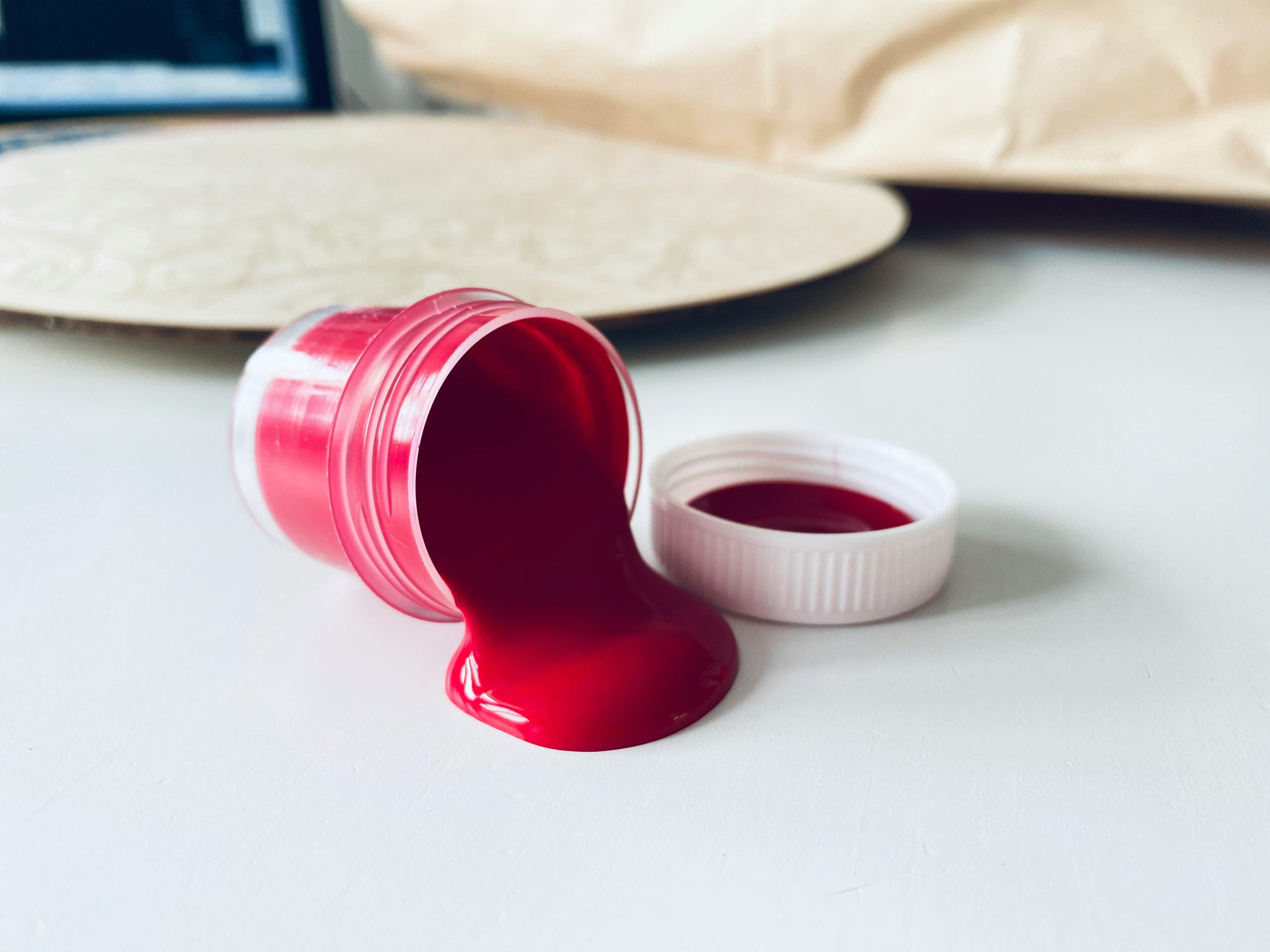Accidental Damage Insurance: A Comprehensive Guide
Accidental damage insurance isn't typically included in standard home insurance coverage. Find out why you might want to add it to your policy.
Updated:
When you purchase through links on our site, we may earn an affiliate commission. Here's how it works.

From spills and stains to DIY disasters, accidents in the home can and do happen. It's for these moments that accidental damage insurance was designed.
Even the best home insurance policies tend not to include accidental damage cover as standard. But there are several reasons why you should consider paying a little extra. Read on to discover what’s included, what’s excluded, and how you can make a claim.
Key takeaways
- Accidental damage insurance covers one-off unforeseen incidents, like a red wine spill or DIY mishap, that cause unintentional damage to your property and belongings.
- Accidental damage cover isn’t typically included as standard in home insurance policies and must be added as an extra.
- Accidental damage cover should be considered by all homeowners, but especially those with young children or those who enjoy DIY.
- Damage by pets isn’t usually covered under accidental damage insurance. This is because insurers see typical pet behaviour, like scratching, chewing, or soiling, as a foreseeable risk that can be anticipated and prevented.
What is considered accidental damage?
Accidental damage typically refers to one-off incidents that occur and cause damage to your home or belongings. Insurers need to be satisfied that the damage suffered was both unintentional and unforeseen before paying out on a claim.
Examples of such incidents include:
- Spills and stains, such as knocking over a full glass of red wine on your carpet.
- DIY disasters, such as drilling through a wall into a pipe when putting up shelves.
- Damaged furniture, such as damage to a table caused by a young child climbing on top of it.
- Broken electronics, such as a damaged television that has fallen from a wall bracket or a broken phone screen when dropped from a height.
What is accidental damage insurance?
Home insurance policies typically cover fire, theft, flood, and natural disasters. However, accidental damage isn’t usually included. Instead, insurers will offer it as an add-on option. Customers willing to pay extra will be covered for a broader range of incidents, such as those listed above.
What does accidental damage insurance cover?
Standard home insurance tends to be split into two categories: buildings and contents insurance. As such, accidental damage insurance can cover both types of home insurance.
Buildings
If you've bought buildings accidental damage cover, you'll be covered for any unintentional damage caused to the physical structure of your home. This will usually include:
- Broken windows or glass, such as that caused by a football hitting a window.
- Roof damage caused by falling debris or trees.
- Flooring damage, covering stains on carpets or scratches to laminate flooring or tiles.
- Damaged walls, such as holes or cracks caused when carrying furniture.
- Issues with plumbing, such as burst pipework.
- Damage to ceilings, such as water leaks.
- Damaged doors or door frames.
- Problems with outside fencing or gates caused by weather or car impacts.
- Issues with other external features, including sheds, garages, and security cameras.
Contents
If you’ve chosen to add accidental damage to your contents insurance, then your belongings are protected. These include:
- Broken electronics, including televisions, computers, phones, speakers, and other gadgets.
- Damaged home appliances and white goods like fridges, washing machines, and microwaves.
- Damage to furniture, such as spills on sofas and beds or breaks to tables and chairs.
- Rips, stains, or damage to clothing.
- Broken or damaged artwork, like paintings and sculptures.
- Damage to other personal items like watches, jewellery, and books.
- Perishable goods, including food and drink, such as that wasted due to a faulty fridge.
What doesn’t accidental damage insurance cover?
Accidental damage insurance doesn’t cover you for every mishap. Common exclusions include:
- Wear and tear, such as the gradual deterioration of worn carpets and flooring, leaky roofs, rusting radiators or pipes, or aging appliances.
- Mechanical failure, such as broken fridges, microwaves, or ovens.
- Damage by pets, such as scratches on furniture or soiled carpets.
- Damage by pests, like mice chewing through electricity wiring.
- Deliberate damage. If an insurer suspects that a claim involves an intentional act of damage, it will be rejected.
Do I need accidental damage insurance?
Whether you think it’s worth adding accidental damage insurance to your home insurance policy depends on a range of factors and your personal risk level.
Pros
- You’ll enjoy peace of mind that any unexpected events or mishaps in the home will be covered by your insurance.
- If you have young children, it may be worthwhile to protect your home and belongings from some of the accidents that can occur.
- If your home is filled with high-value items, such as electronics or jewellery, you might appreciate the extra cover.
- If you or someone you live with is regularly engaged in DIY tasks, it might be a good idea to cover yourself for any mishaps.
Cons
- Accidental damage cover is an additional cost on top of your home insurance premium, so if you’re only after the cheapest home insurance, you should budget accordingly.
- Accidental damage cover doesn’t help with anything that has stopped working due to wear and tear.
- Some policies require claimants to pay an excess fee, reducing some of the benefits of making a claim.
How to make an accidental damage insurance claim
Before making a claim, your priority should be to prevent further damage by taking temporary measures to stop the issue from getting worse (such as turning off the water or electricity). Keep receipts for costs related to any emergency repairs.
To make a claim, review your policy documents to ensure the accident is covered. Once you’re confident it is, take pictures of the damage, note the date and time of the incident, and call your insurer as soon as you can. Many insurers recommend contacting them within 24 hours of the incident. Waiting too long could reduce the chance of your claim being accepted.
If you have separate buildings and contents insurance, make sure your claim relates to the relevant policy. You’ll be asked for your policy details and to describe the incident and damage. Any evidence should be provided. Your insurer will then assess the claim, which may include a visit to the property.
If the claim is accepted, you’ll pay any excess fee before the insurer covers the remainder of the work.
FAQs
Can I claim for accidental damage to my phone or laptop?
Some accidental damage insurance will include electronics damaged in the home but not outside. Personal possessions or specialist gadget insurance would be recommended for high-value items you regularly take out of the house, such as laptops or wedding rings.
Will making an accidental damage claim affect my premium?
Yes, making a claim could lead to higher premiums when it comes to renewal time. Consider paying for the repairs yourself if the damage is minor to avoid higher insurance costs in the future.
Is accidental damage insurance the same as property damage liability?
No, accidental damage insurance covers damage to your own property caused by unforeseen accidents, while property damage liability covers the cost of damage caused to someone else’s property. There’s also accidental life insurance (aka accidental death insurance), which provides coverage in the event of death or serious injury resulting from an accident.
Can I claim for accidental damage if a guest caused it?
Yes, though this doesn’t usually include tradespeople. Instead, a builder, plumber, or electrician who causes damage should cover the cost of repairs using their business insurance.
